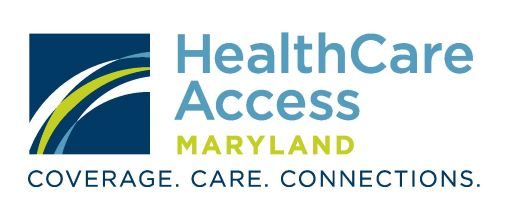In today’s shifting work environment, many businesses and nonprofit organizations are prioritizing creating a healthy workplace. One way they are doing this is by providing health and wellness programs to support employees – and their family members – in improving their health. Wellness programs and incentives are an effective way to encourage a culture of health, improve health outcomes, and to reduce health costs for both the employee and organization.
TriBridge Partners, LLC is an expert in employee benefits services, ranging from health and wellness benefits, to employee benefits, and Health Savings Accounts. TriBridge Partners assists their clients to meet their workplace health and employee benefits goals.
Paul Younkins, Chief Innovation Officer and Founding Principal, and Jessica Storck, Marketing Manager, for TriBridge Partners answer questions about crafting a benefits package to meet the health needs of your employees, and current trends in wellness programs and incentives.
What types of discounts (incentives) do health insurance companies provide for health and wellness services or items?
It’s important to point out that this is not limited to health insurance companies. Workers Compensation and Disability Insurance carriers also have a reason to inspire healthier lifestyles, exercise, and nutrition. Often, the best time to ask about wellness incentives is when you are in the process of evaluating your carrier partner. Incentives can be credits in the premium or actual dollars shared with the employer for the completion of agreed-upon wellness activities, education, and awareness.
What are wellness incentives? Do all insurance providers participate?
Wellness incentives are carefully designed rewards for healthy behavior, and sometimes, negative consequences for unhealthy behavior. A well-designed incentive program considers all the stakeholders involved. Stakeholders may include the employees, their families, the plan sponsor (the employer), individual payroll, and out-of-pocket costs. A multi-year perspective should be used when considering incentives. The design should consider all the various tools available to help limit the amount of waste in the plan, impact prevention, and maximize effective outcomes. Considerations would be to partner with platforms that can identify waste and misuse of the plan and steer employees to better and more appropriate services.
Incentives should be meaningful, relevant, and considerate of your diverse population. It’s important to remember that cash is not always a driver for everyone. Some insurance carriers will provide funding for your incentive program so making an inquiry with your provider is crucial. If you are fully insured, a great time to have this discussion is during a contract renewal or when considering a new carrier. If your plan is not fully insured, there are a variety of ways to fund your incentive program.
How can a Health Savings Account (HSA) be part of a wellness program?
Many people often think of Health Savings Accounts (HSA) as a tool to pay a high deductible, and that is certainly one of its important uses. However, the HSA can also be a part of your overall financial wellness strategy. Leveraging an HSA in concert with your 401K or other retirement solutions can be a great way to preserve your cash and reduce your taxable income. Read more about the HSA and 401K.
What can employers do to support and incentivize their team members to meet their health and wellness goals?
The most important thing an employer can do is determine firstly – what they are seeking to accomplish. Are they seeking to reduce the cost of their healthcare, or reduce premiums for other insurances like disability and workers’ compensation? Is cost savings the primary driver? If so, some methods and tools are the most effective at solving for the bottom line – including plan design, employee communication, employee information retention, disease management, and more. The ability to save costs can also be impacted by the size and location of the employer and how their fees and premiums are calculated. For some employers, there may not be major cost savings. Perhaps the goal is to help each employee reach a healthier state of wellbeing or to align employee behavior with a healthy organizational culture. If these are the primary drivers, then the champions of the program can be much more creative because saving money is not how the success of the program will be measured. Regardless of the reason for your wellness program, the most important pre-factors are intentionality, authenticity, and inclusion. The organization must lead by example here, be sincere and committed to the initiative and should invite and include a diverse cross-section of staff to participate in the design and outreach of incentivization. A great benefits broker or advisor can definitely help!
Join HCAM for a Team-Building Event
Looking for a wellness and team-building activity for your employees? Create an employee team and participate in HCAM’s 5K For the Health of It! on Saturday, April 30th at West Shore Park in Baltimore City. Can’t make it in person? Register for our “virtual” option and participate wherever you are located!
About TriBridge Partners
HealthCare Access Maryland (HCAM) is proud to partner with TriBridge Partners, a regional advisory firm specializing in Human Capital Consulting, Health and Employee Benefits, Individual Insurance Planning, Financial Planning, and Business Enterprise Planning. A long-time partner to HCAM, TriBridge Partners supports our team members’ health needs as our health and employee benefits broker and is a Champion Sponsor for the State of HealthCare in Maryland Speaker Series.






